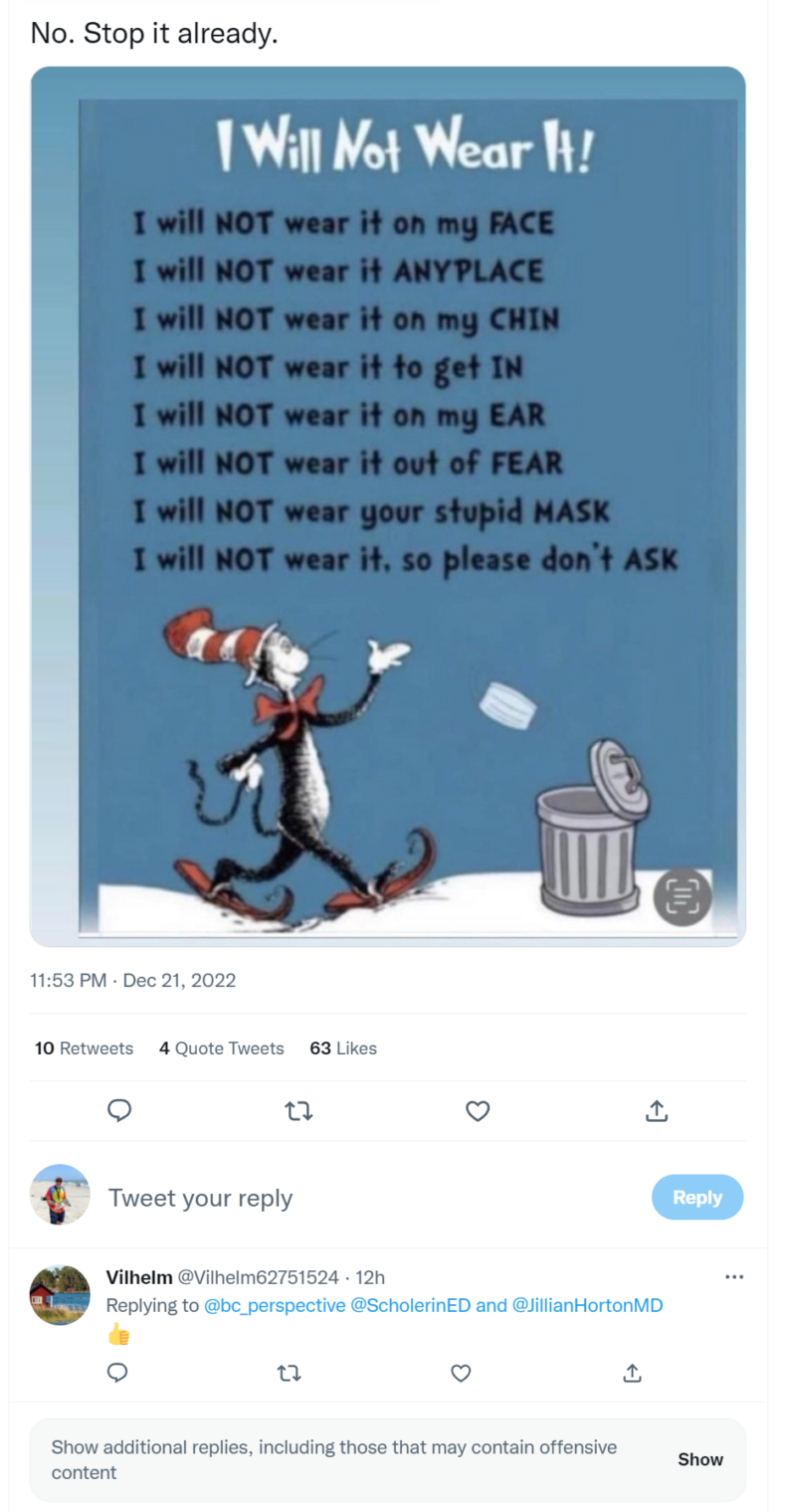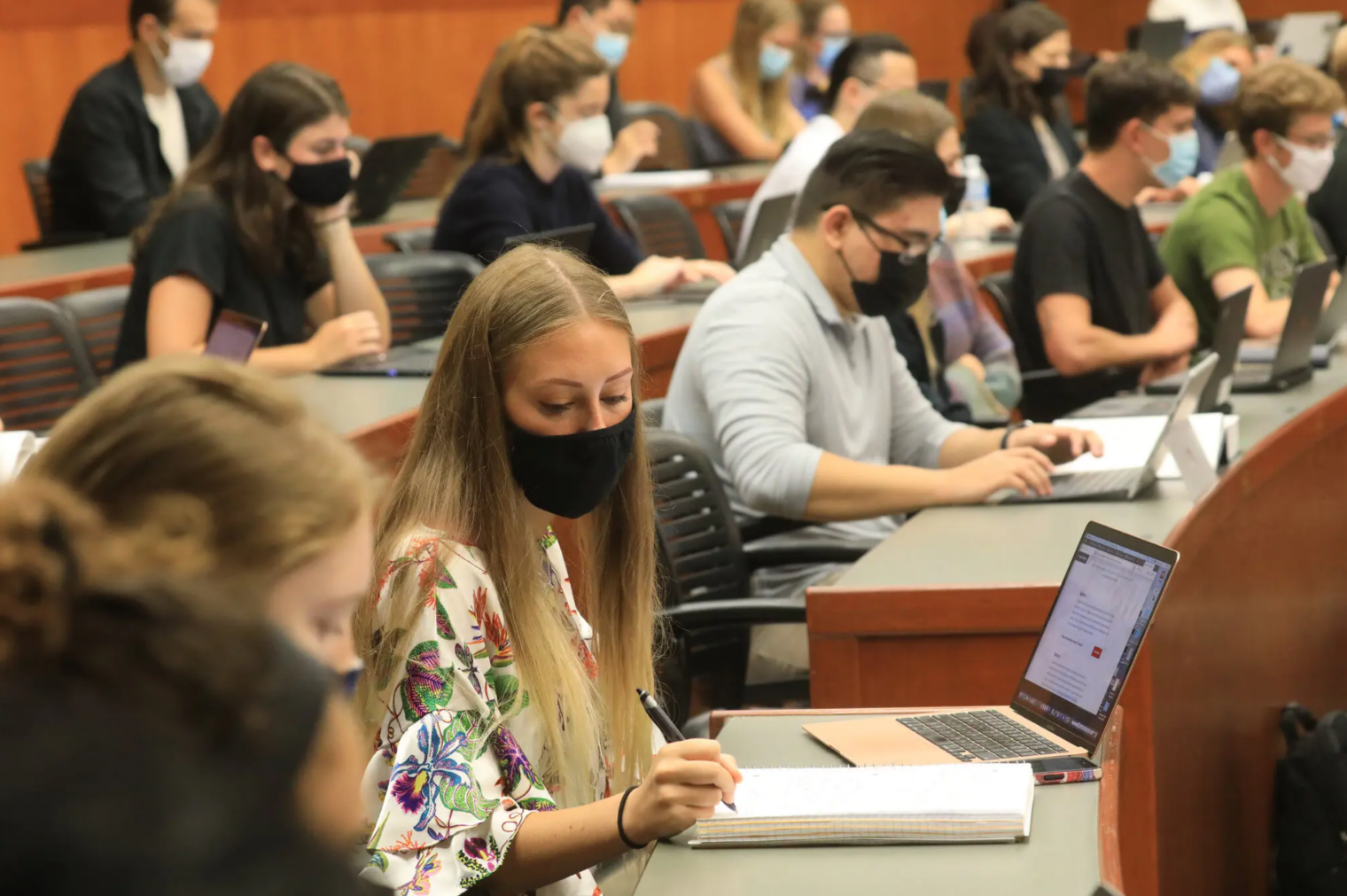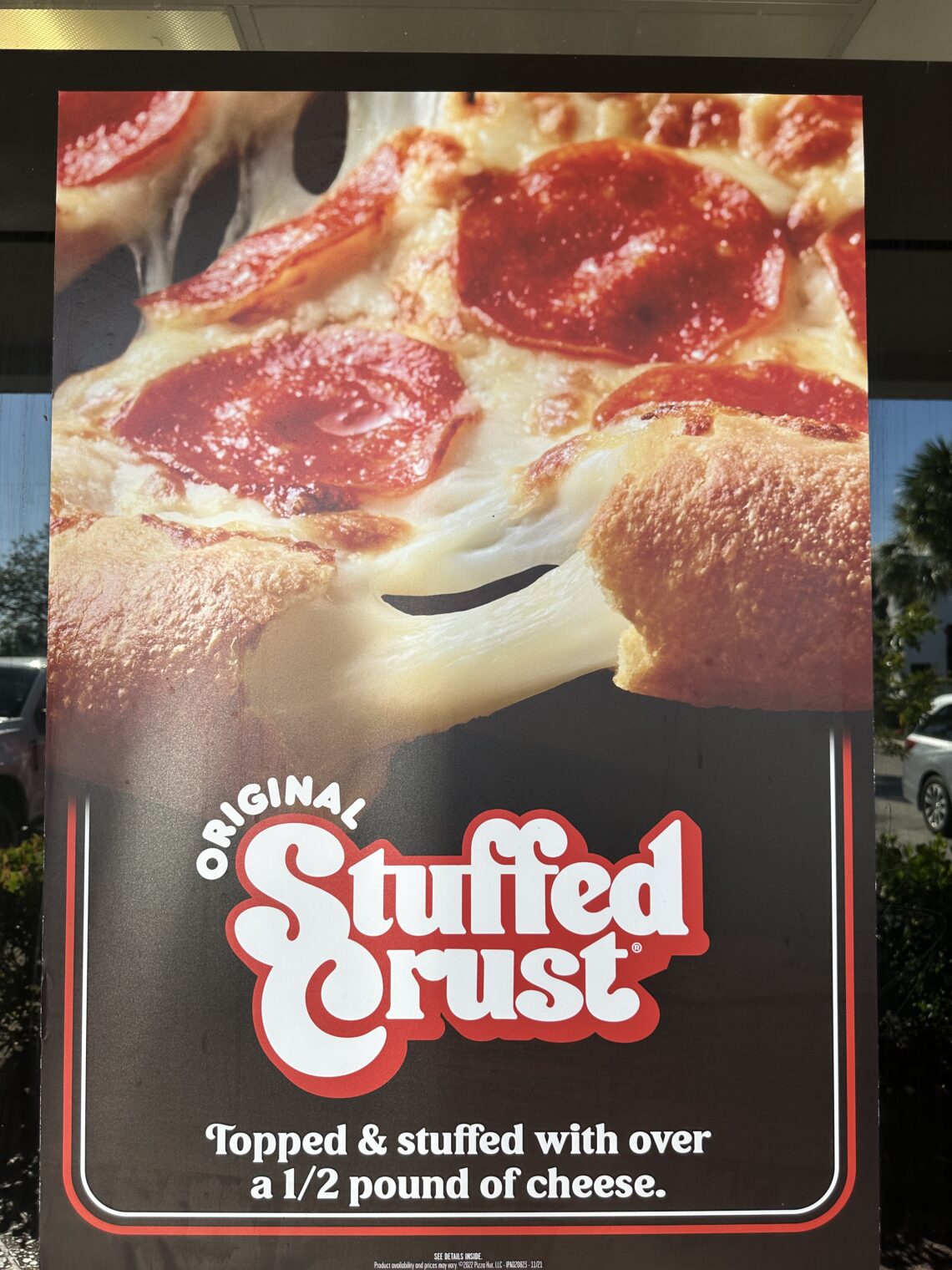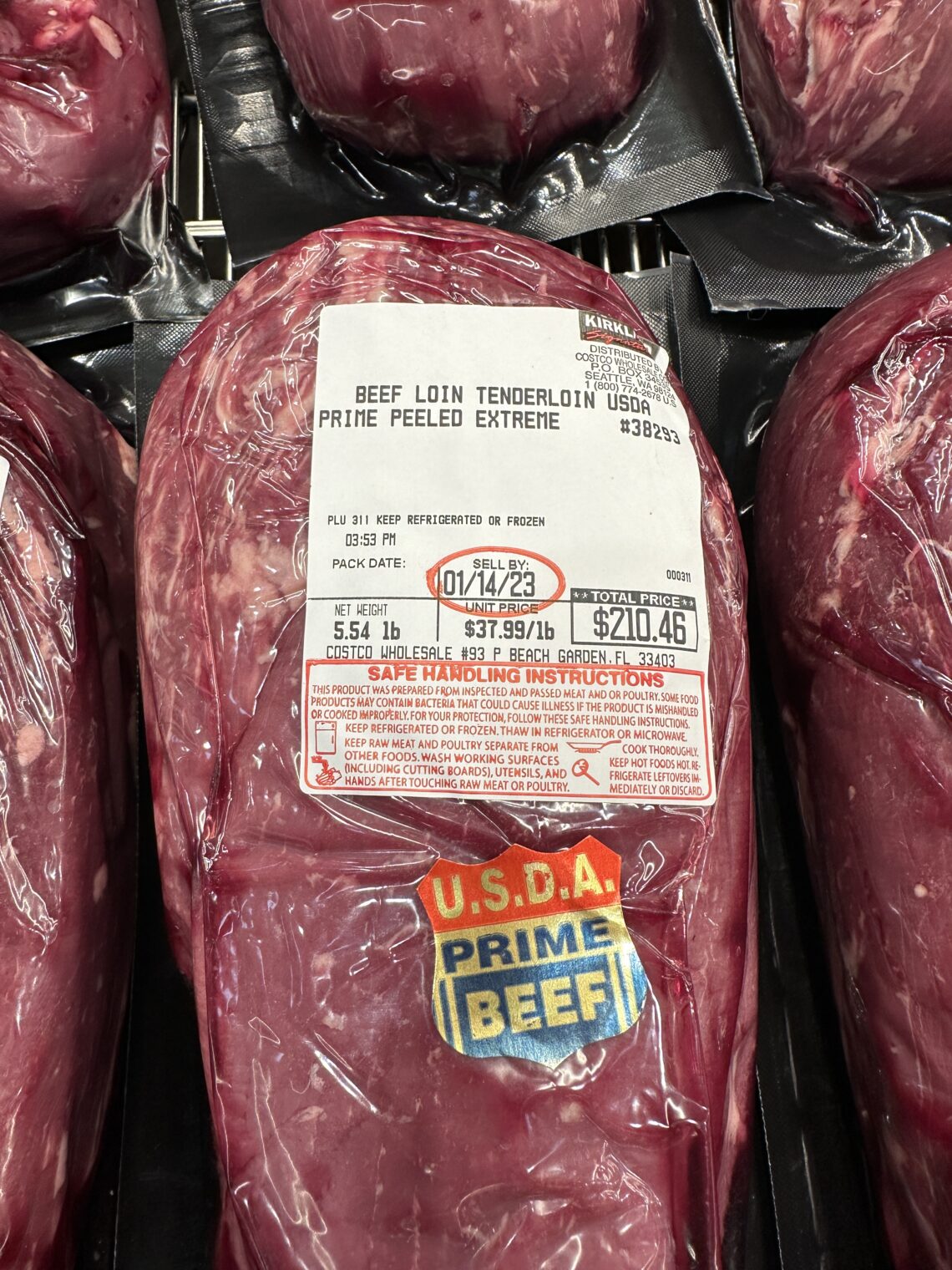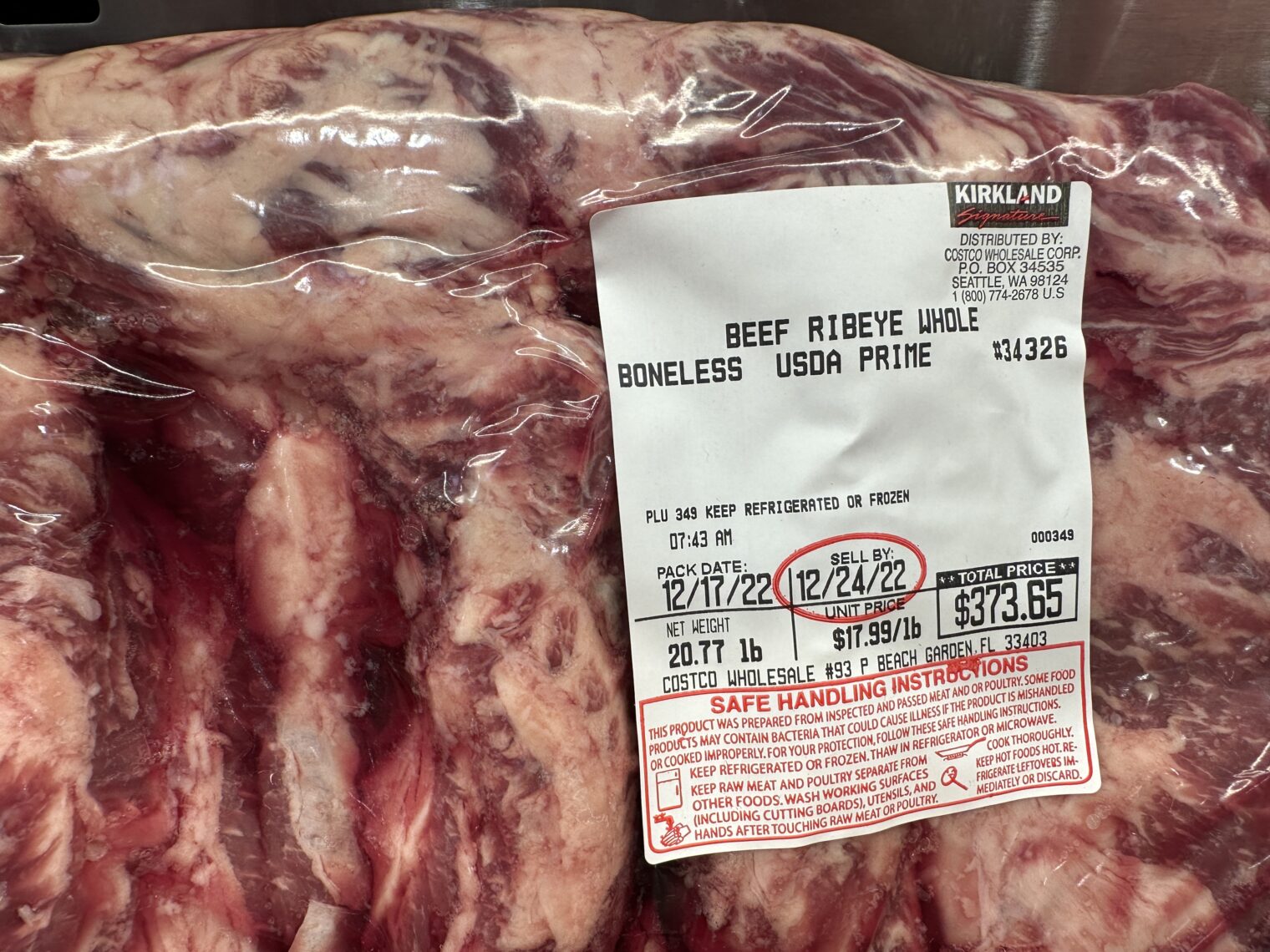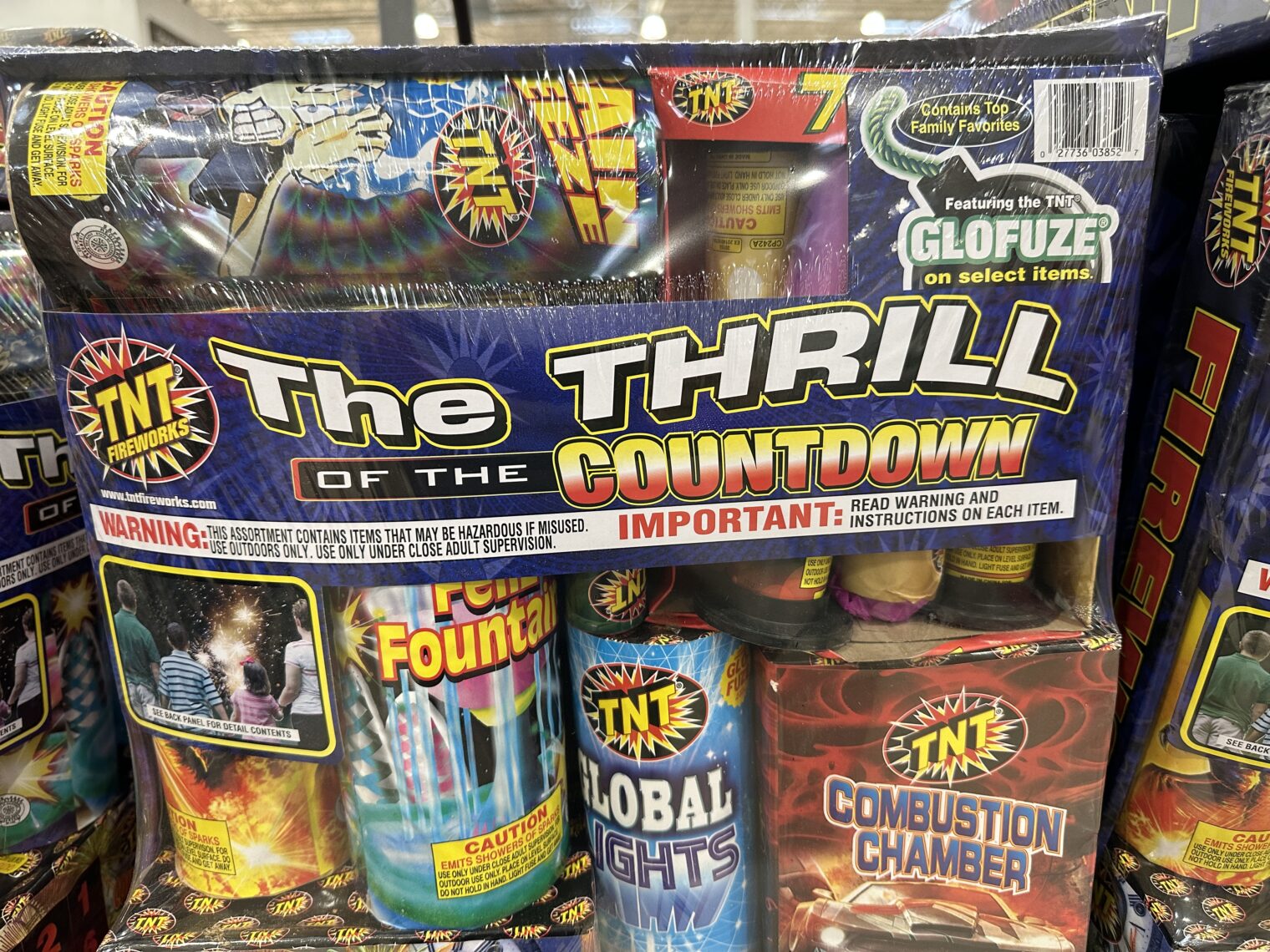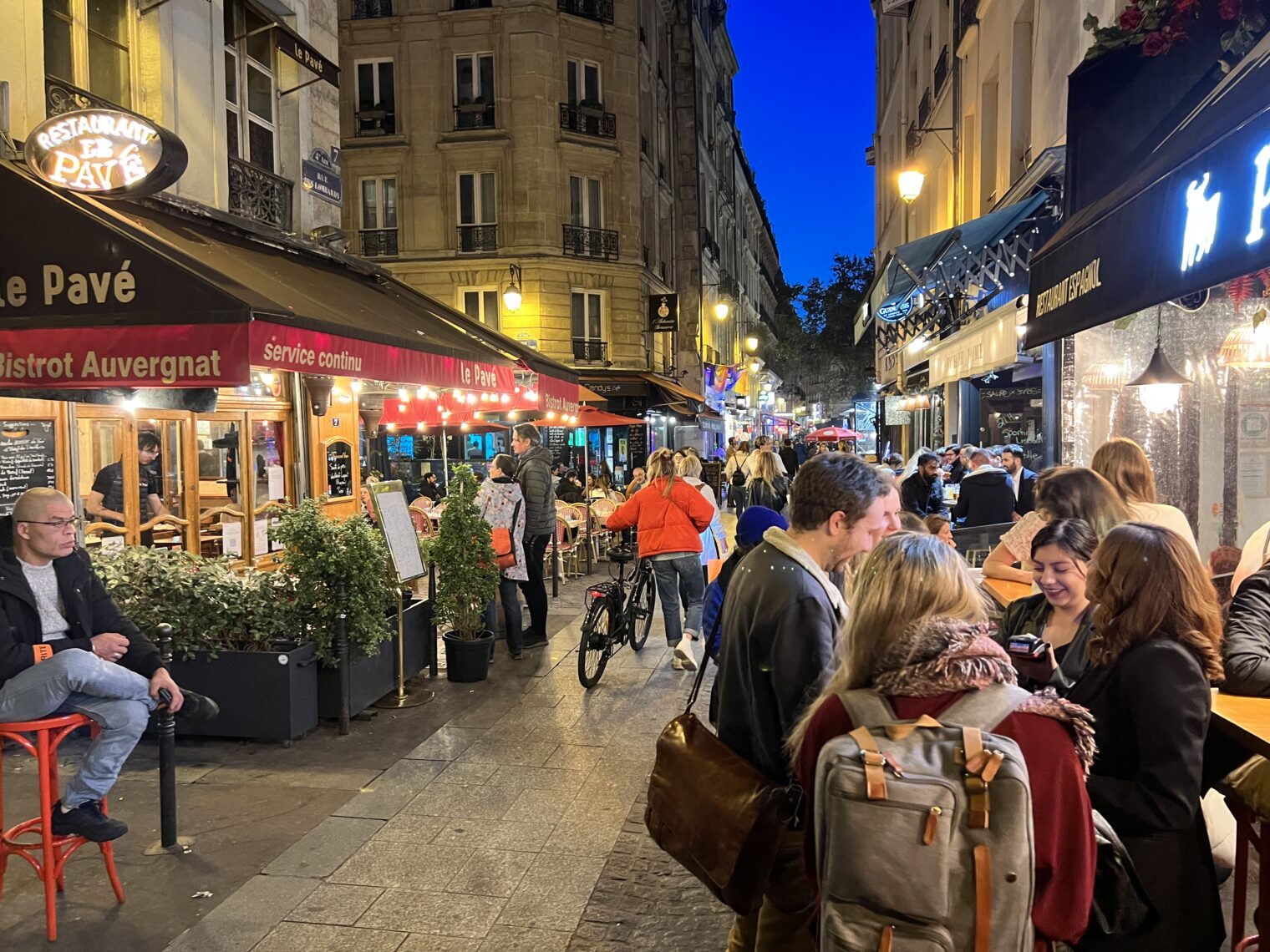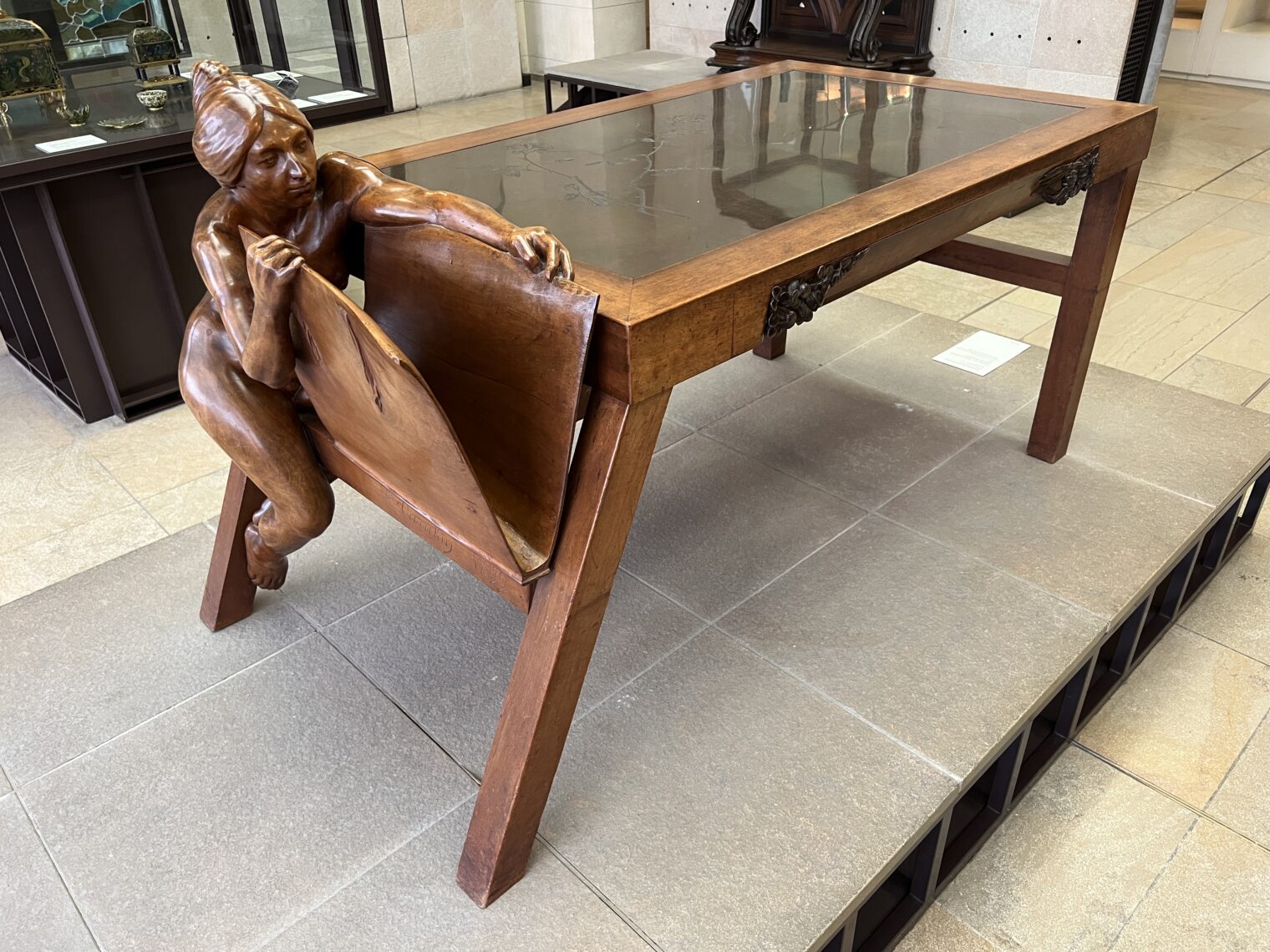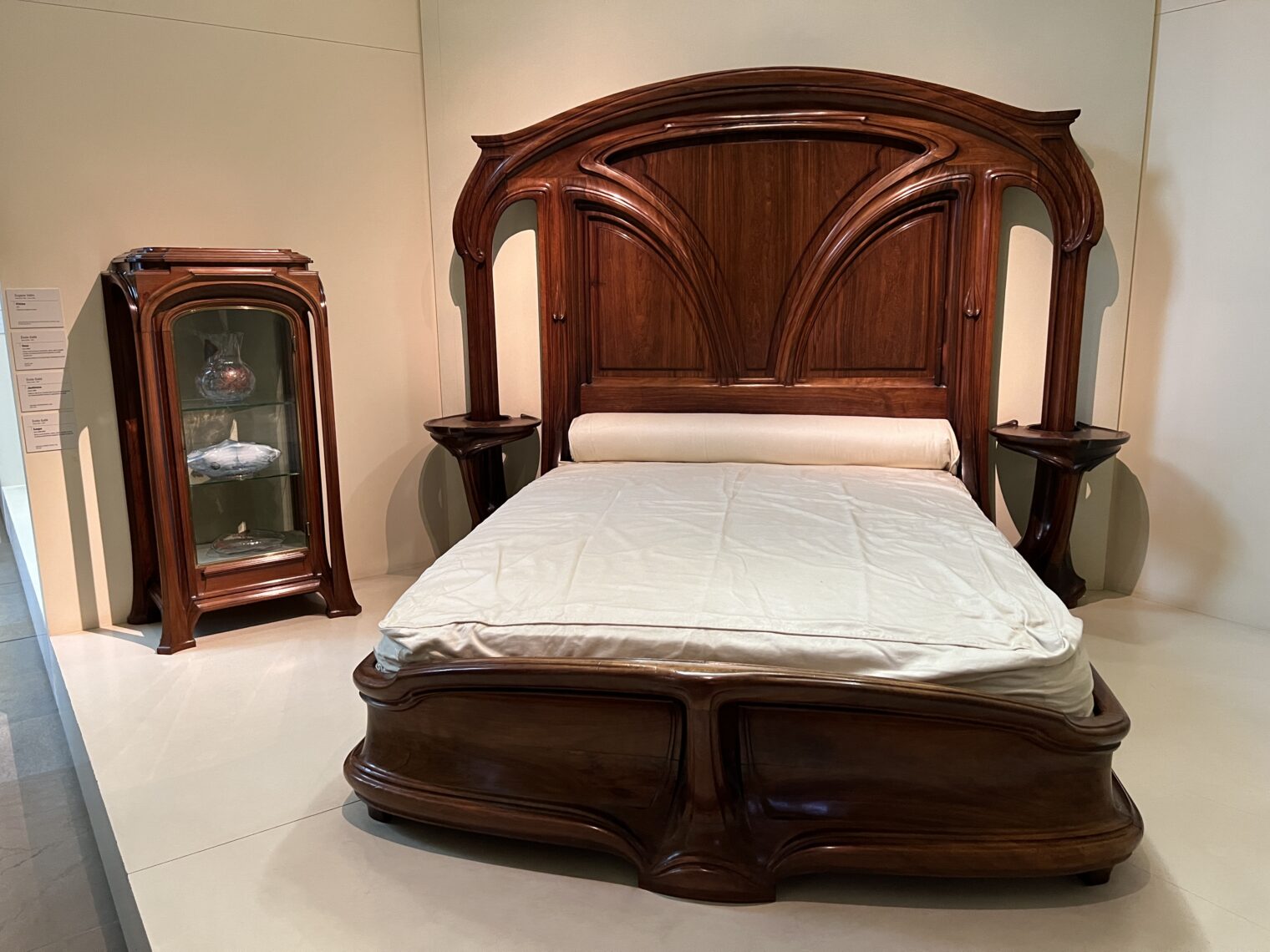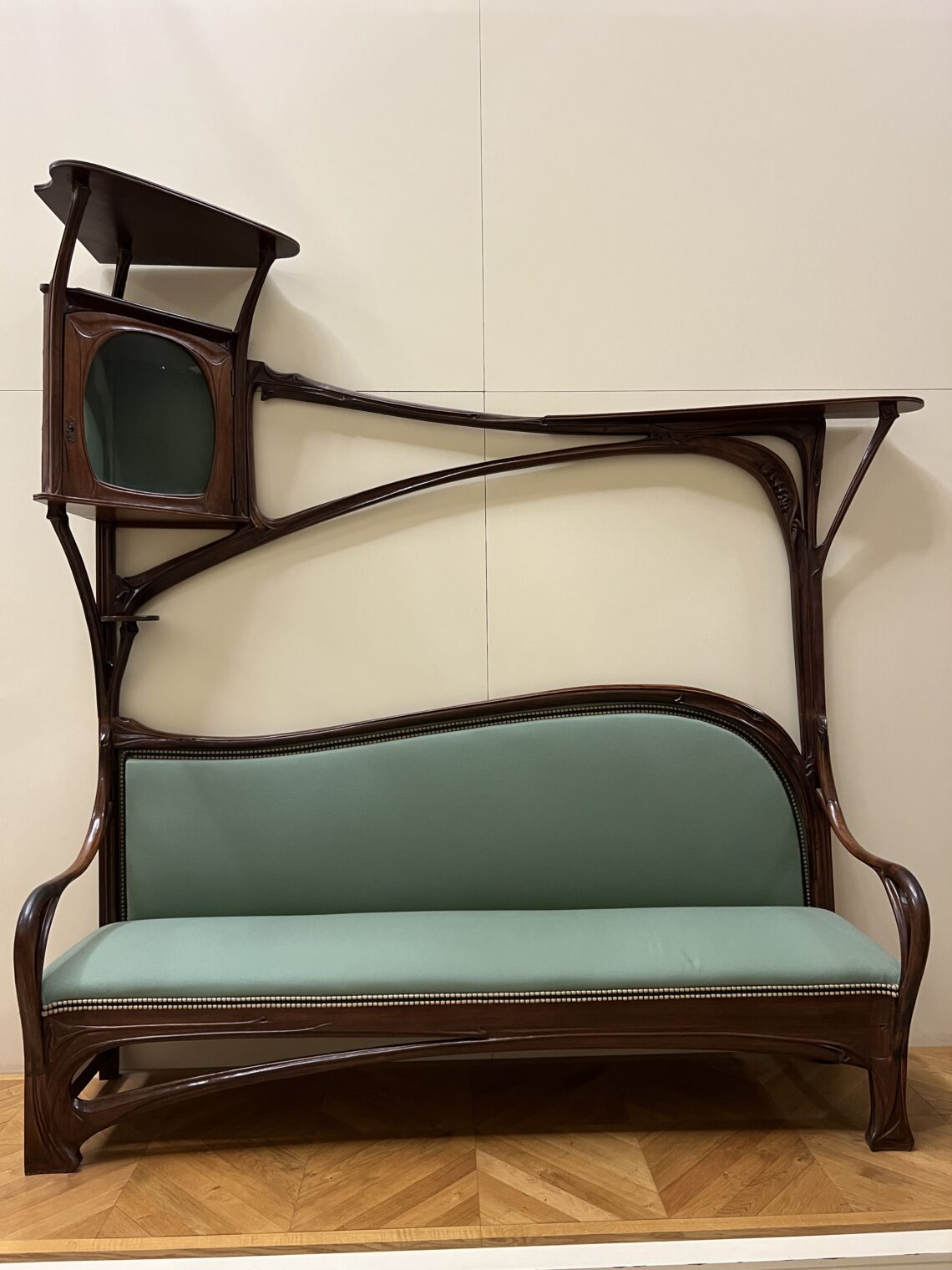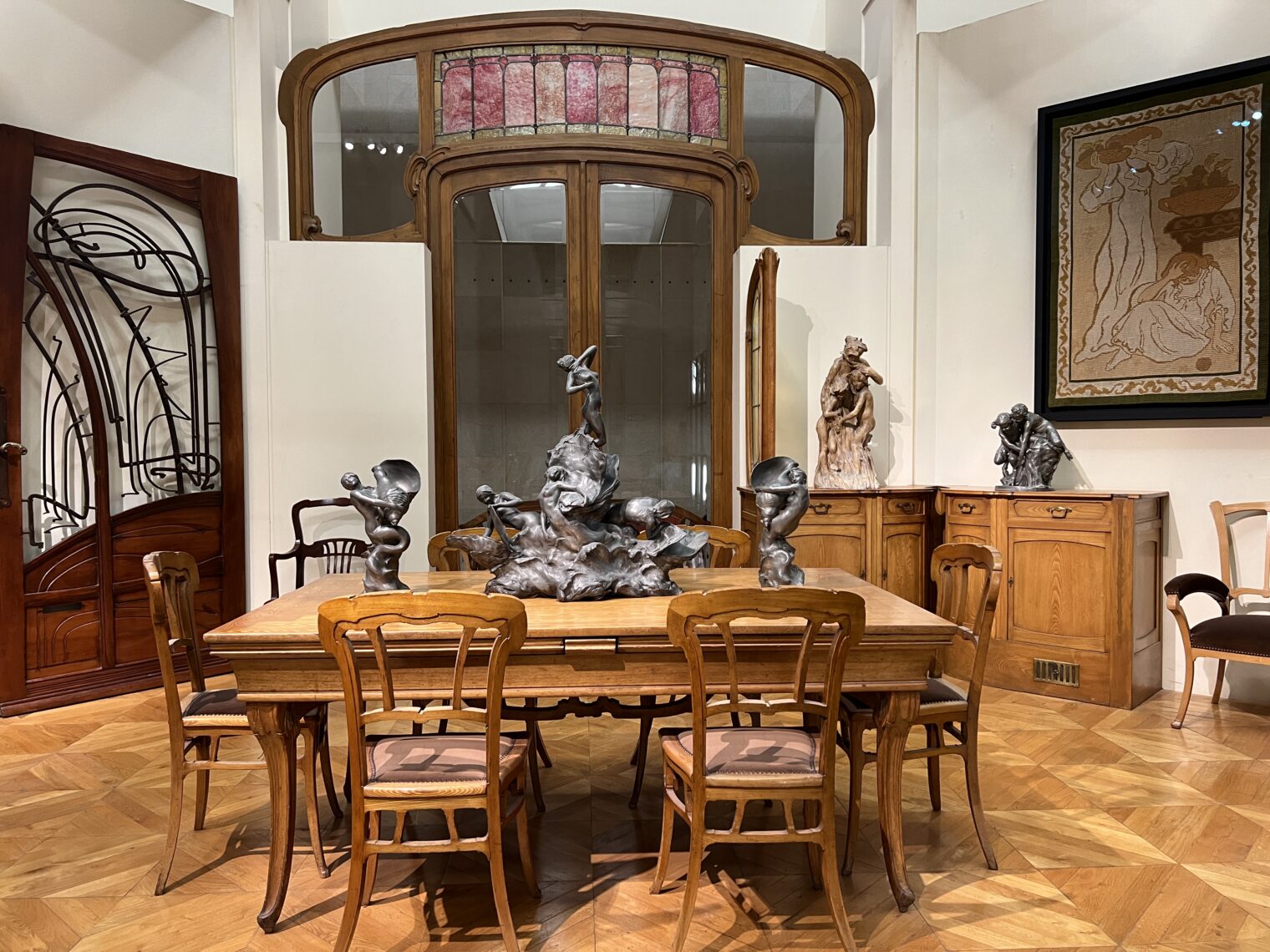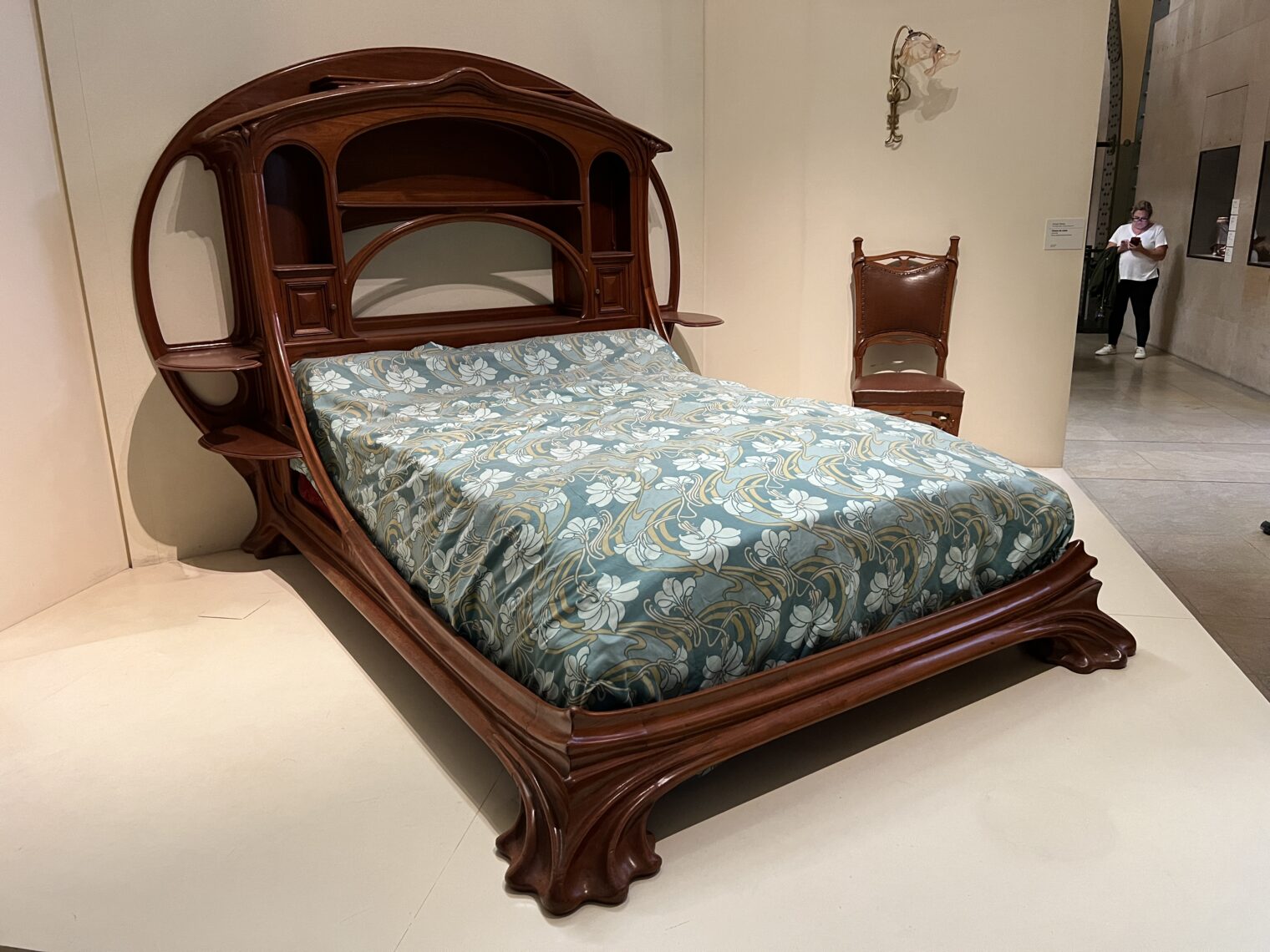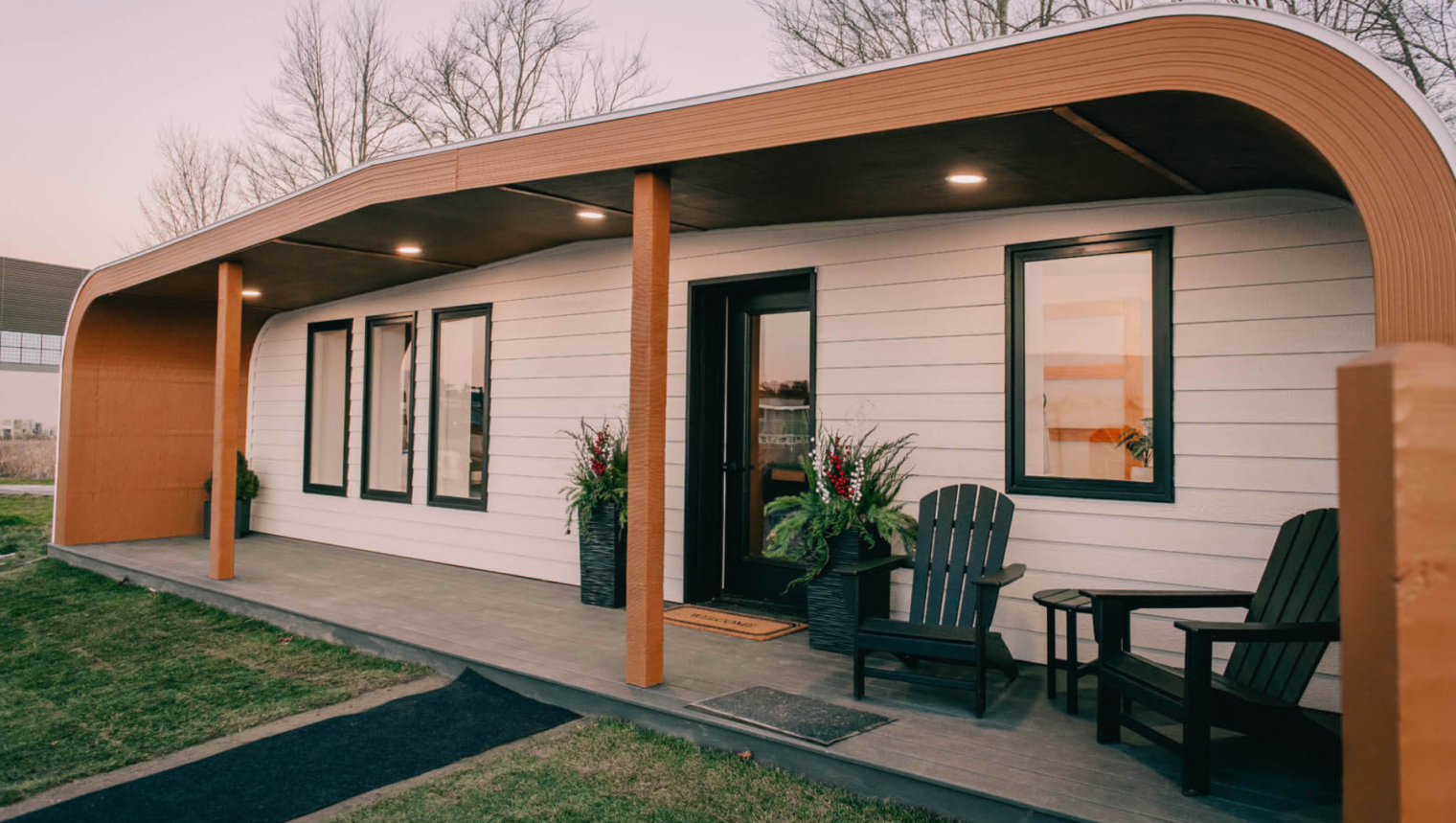The first day of a federal court patent infringement trial
As part of my expert witness slavery to the world of patent litigation, I recently reviewed the transcript from a five-day trial.
Part of the first day’s transcript covers jurors attempting to be excused from what was promised to be a single week of jury duty.
- Teacher saying that she wanted to present for the first day of school. Success!
- Medical office manager who is responsible for transporting children to school. Failure.
- Woman with “extreme anxiety”. Success! Not only that, but her plea to be excuse was expedited above most of the others. The judge’s only question for her: “you are in a lot of discomfort about being here?”
- Bartender who needs to work and get tips to survive financially. Failure.
- Person who lives one hour away and will have to stay in a hotel to make serving on the jury practical. Failure. (Some of your tax dollars will be used to pay for that hotel, however.)
- Mom who says that she has to drop off and pick up an 8-year-old at school while the father works from home in an inflexible call center environment. Success!
- Person who had planned a vacation and had already bought a plane ticket for the trip. Success! (offer to show the judge an email proving the plane ticket purchase was refused)
The surviving jurors received an explanation of what the case was about and, before the attorneys on both sides could give opening arguments, watched the following video:
The action had started at 9 am and the above items filled the time until the lunch break just after noon.
It feels as though some of this stuff could have been done via Zoom or email on the preceding business day. Jurors who were destined to be excused could have avoided coming in, spreading COVID-19, etc. On the other hand, how would you be sure that jurors were paying attention to a YouTube video if they weren’t in the courtroom?
Full post, including comments
